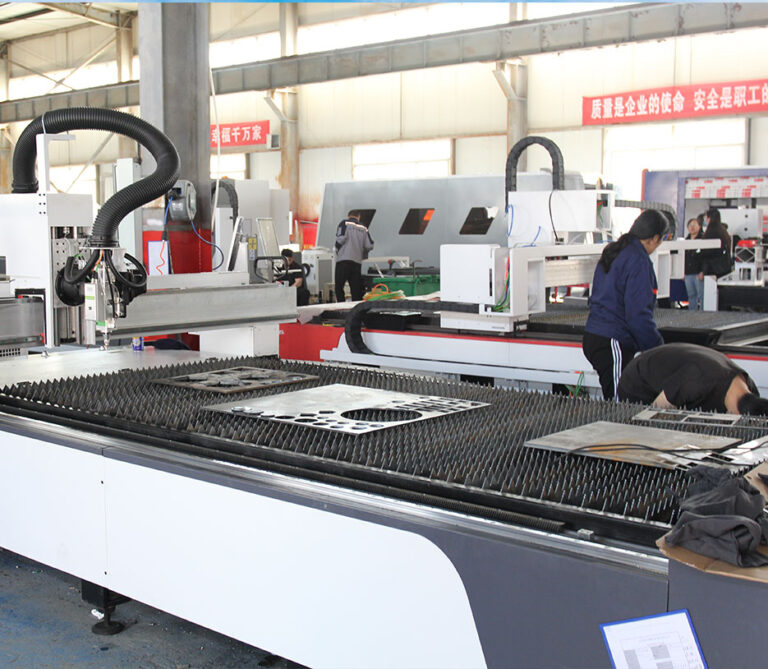
Laser cutting processing perforation process operation process operation procedure is complex, more exquisite workmanship. The following billion strong editorial briefly introduces the laser cutting processing perforation difficulty and practical operation.
1. Laser cutting processing piercing difficulty
Processing at the beginning of the division to start processing the required hole is called perforation. The thicker the plate, the more unstable the perforation. It can be said that 70% of the processing defects in the cutting of thick plates with a thickness greater than 12mm are due to poor perforation. In order to achieve stable shot holes, the processing characteristics of shot holes will be described here.
2. Principle of laser cutting processing of shot holes
During the perforation process, the molten metal generated in the process before perforation accumulates around the hole on the surface of the workpiece. So far, there is no complete definition of sheet metal processing technology and sheet metal. According to a definition in foreign professional journals, it can be defined as follows: sheet metal is a sheet metal (usually less than 6mm) for shearing, punching, cutting, compounding, folding, riveting, splicing, molding (such as automobile bodywork) of the comprehensive cold working process. From the process of heating the surface of the object being processed after glowing, to slowly heating for perforation, until the end of penetration is continuous. In this method, if the thickness of the plate is greater than 9.0mm, the perforation time increases dramatically, but the hole diameter is around 0.5mm, which is narrower than the cutout and has less thermal influence. Therefore, if the processing capacity is increased and the output energy is increased, it will be difficult for the molten metal to be completely discharged from the upper part of the hole, resulting in overburning. The condition is to set the focal point position slightly above the surface of the object to be processed, increase the diameter of the processing hole, and heat it up quickly. Although a large amount of molten metal appears and is dispersed on the surface of the workpiece, the processing time is greatly reduced.
Chassis machining is a key technology that sheet metal technicians need to master, and is also an important process of sheet metal forming. It includes both the traditional cutting and discharging, dropping, bending, pressing methods and process parameters, as well as a variety of cold stamping die structure and process parameters, the working principle and operating methods of various equipment, as well as stamping new technologies and new techniques. During the piercing process, the irradiated laser is reflected several times in the piercing and propagates downward while being absorbed. In order to shorten the punching time, it is necessary to replenish the energy weakened by the absorption of the hole wall, i.e., it is necessary to increase the output power (which refers to the amount of work done by an object per unit of time) during the punching process. Moreover, in order to greatly reduce the thermal shock to the hole wall, the output power needs to be increased, the drilling time shortened as much as possible, and the laser irradiation of the hole wall reduced.



